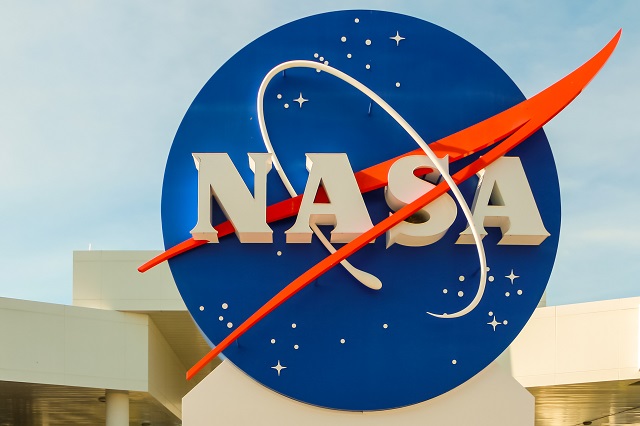Apr 6 2015
 Image Credit: Alexanderphoto7 | Shutterstock.com
Image Credit: Alexanderphoto7 | Shutterstock.com
NASA has entered into a public-private partnership with five different organizations to provide in-depth knowledge on composite materials which could be used to increase the efficiency of aircraft.
The organizations include Boeing Research & Technology, St. Louis; Lockheed Martin Aeronautics Company, Palmdale, California; General Electric Aviation, Cincinnati; the Federal Aviation Administration (FAA); NASA's Advanced Composites Project, managed from the agency’s Langley Research Center in Hampton; a team from United Technologies Corporation led by subsidiary Pratt & Whitney in Hartford, Connecticut and the NIA.
Composites are advanced materials employed for constructing lightweight aircraft with high strength. The agency chose the National Institute of Aerospace (NIA) in Hampton, Virginia, to take care of administration of the Advanced Composites Consortium, which helps in conducting research and certification for composite materials.
NASA is committed to transforming aviation through cutting edge research and development. This partnership will help bring better composite materials into use more quickly, and help maintain American leadership in aviation manufacturing.
Jaiwon Shin, Associate Administrator for NASA’s Aeronautics Research Mission
The financial and programmatic aspects of members’ research projects will be take care of by NIA, which will also look after the communications within the consortium. Serving as a "tier two" member, the NIA will have a representative on the consortium’s technical oversight committee.
The consortium was formed in association with the Advanced Composites Project. The project is a part of the Advanced Air Vehicles Program in the Aeronautics Research Mission Directorate of NASA. The aim of the project is to considerably alleviate 30% of product development and certification deadlines for composites used in aeronautics applications.
Nearly 20 papers were reviewed by the panel members including experts from Air Force Research Laboratory, FAA and NASA. The members were chosen based on their partnership histories, focused technology areas, certification experience with government agencies, willingness and ability to share in costs and other technical expertise.
Various experts representing each organization involved in the consortium participated in assembling cooperative research teams, technology goal planning discussions and developing draft plans for projects including rapid inspection of composites, manufacturing process and simulation and determination of life and strength of composite structures.